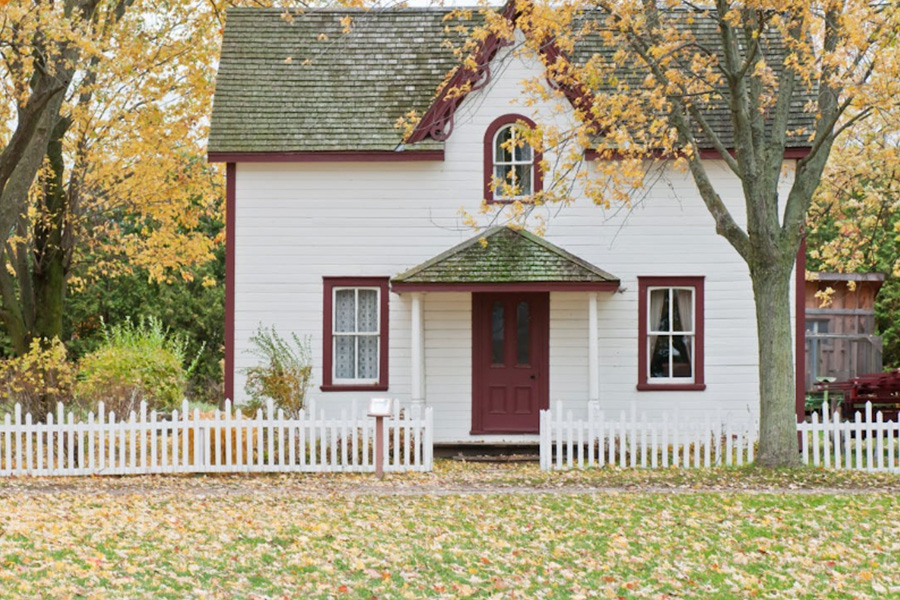
Outdoor Design: How to Successfully Plan Your Project Step by Step
Transforming your outdoor space starts with thoughtful planning, particularly when it comes to elements like garden fencing. A well-designed fence not only defines your property’s boundaries but also adds aesthetic value, privacy, and security. Whether you’re looking to create a safe area for children, deter intruders, or simply enhance the beauty of your garden, this step-by-step guide will help you navigate your outdoor design project with clarity and success.
Define Your Vision and Objectives
Start your project by knowing your needs and inspirations. Do you want a relaxation space, a social area, or simply enhance privacy? Consider how much sun or shade you need. Think about the role of garden fencing for both aesthetics and protection. Creating mood boards or sketches can help clarify your vision. This initial step aligns your design with your outdoor lifestyle goals.
Evaluate Your Outdoor Space
Measure your outdoor area to understand its shape and natural elements. Assess the terrain, existing vegetation, and drainage points. Note where the sun rises and sets throughout the day. Take photos as references for later planning. Identify any poorly used zones that could be improved. This evaluation ensures you maximize the functionality of every space available.
Establish a Realistic Budget
Determine how much you are ready to invest in your outdoor design. Include materials, labor, plants, lighting, and decorative elements. Always plan for an additional 10–15% for unforeseen costs. Prioritize key features like paving, fencing, or seating areas. Knowing your budget from the beginning helps guide design choices and avoids costly surprises mid-project.
Design Zoning of the Space
Divide your garden into functional zones such as dining, lounging, gardening, or play. Each zone should reflect its purpose and blend with others. Use plantings, pathways, or garden structures to define borders. A good zoning plan increases comfort and usability. It also makes maintenance more manageable and ensures visual harmony across the entire area.
Choose Materials and Plants Wisely
Select materials and plants that match your climate and style. Opt for durable options for walkways, walls, and decking. Consider low-maintenance and native plants to reduce upkeep. Harmonize textures and colors for a balanced result. The right materials create both beauty and long-term value for your outdoor project. Sustainability should also guide your selections.
Plan Functional Infrastructure
Prepare for irrigation systems, lighting, and drainage early in the design. These elements require underground cabling or pipes before final finishes are installed. Choose solar or low-energy lighting to enhance safety and atmosphere. Ensure water flows away properly to prevent future issues. Well-planned infrastructure supports comfort, convenience, and year-round use of your outdoor space.
Anticipate Seasonal Changes
Design your outdoor space to adapt through seasons. Use evergreen plants for year-round greenery. Add structures like pergolas or umbrellas for seasonal shade. Consider where to store furniture in winter. Choose lighting that enhances the space during long nights. Planning for seasonal variation ensures your garden remains attractive and functional throughout the year.
Hire Professionals if Needed
If the project is complex, consult with landscape designers or contractors. They ensure efficient execution and can refine your initial ideas. Professionals also handle permits and technical constraints. Their experience can help you avoid costly mistakes. A skilled team transforms your vision into a cohesive and lasting result. Their input often accelerates the project timeline.
What is the best type of barrier for outdoor spaces?
Choosing the ideal enclosure for your yard depends on factors like privacy needs, weather conditions, and budget. Wood offers a classic aesthetic, while vinyl requires less maintenance. Metal options like aluminum or wrought iron are durable but may sacrifice seclusion for style. Choose based on function and appearance.
How tall should enclosures be for backyard privacy?
To ensure sufficient seclusion, most privacy barriers range from 6 to 8 feet high. The optimal height depends on local regulations and the purpose—whether deterring intruders, blocking noise, or preventing visibility. Always check with local authorities before installation to avoid violations or costly adjustments.
Can you install a boundary yourself?
DIY installation is possible for many homeowners, especially with prefabricated kits or simpler designs like picket or mesh. Necessary tools include a post hole digger, level, and concrete for stability. Proper planning and measurement are key to a successful, long-lasting result. Complex layouts may require professional help.
What materials require the least maintenance?
Low-maintenance choices include vinyl, composite, and powder-coated metal. These materials resist rot, insects, and fading, unlike wood which requires regular staining or sealing. While initial costs may be higher, they save time and money over the years. Choose based on durability, climate resistance, and preferred appearance.

